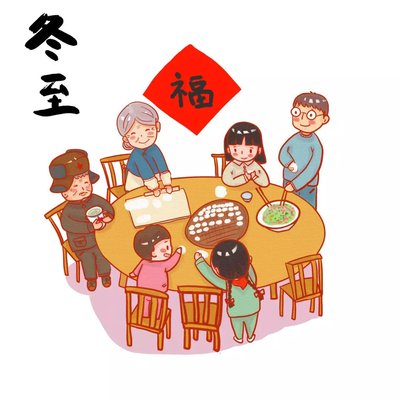The Winter Solstice, one of the 24 traditional Chinese solar terms, was recently celebrated across the country, bringing with it a sense of warmth and tradition despite the cold weather. This year, the Winter Solstice fell on December 21st, marking the shortest day and the longest night of the year in the Northern Hemisphere.
In ancient times, the Winter Solstice was not only an important astronomical event but also a significant festival. It was seen as a time when yin energy reached its peak and yang energy began to rise, symbolizing the renewal of life. This concept is deeply rooted in Chinese traditional culture, and the celebration of the Winter Solstice reflects people's hopes for good fortune and a prosperous new year.
Throughout China, various traditional customs were observed during this special occasion. In many northern regions, people gathered with their families to make and eat dumplings. It is said that eating dumplings on the Winter Solstice can prevent one's ears from getting frostbitten. The process of making dumplings together is a time-honored family activity, with family members chatting and laughing while preparing the filling and wrapping the dough.
In southern China, glutinous rice balls, or tangyuan, were the star of the show. These round, sweet treats are made from glutinous rice flour and filled with a variety of ingredients such as sesame paste, red bean paste, or peanut butter. The round shape of tangyuan symbolizes unity and completeness, and eating them is a way to express the wish for family togetherness and happiness.
In addition to the traditional food, there were also cultural events held in many places. In some cities, traditional Chinese dance performances, folk music concerts, and exhibitions on the history and culture of the solar terms were organized. These events not only provided entertainment but also served as an educational platform to promote the understanding and inheritance of traditional Chinese culture.
The celebration of the Winter Solstice this year once again demonstrated the rich cultural heritage of China. As the country continues to modernize, these traditional festivals and their associated customs play an increasingly important role in maintaining a sense of national identity and cultural continuity. Whether it's through the sharing of a meal or the participation in cultural activities, people across the nation came together to mark the Winter Solstice, keeping the traditions alive for
generations to come.
